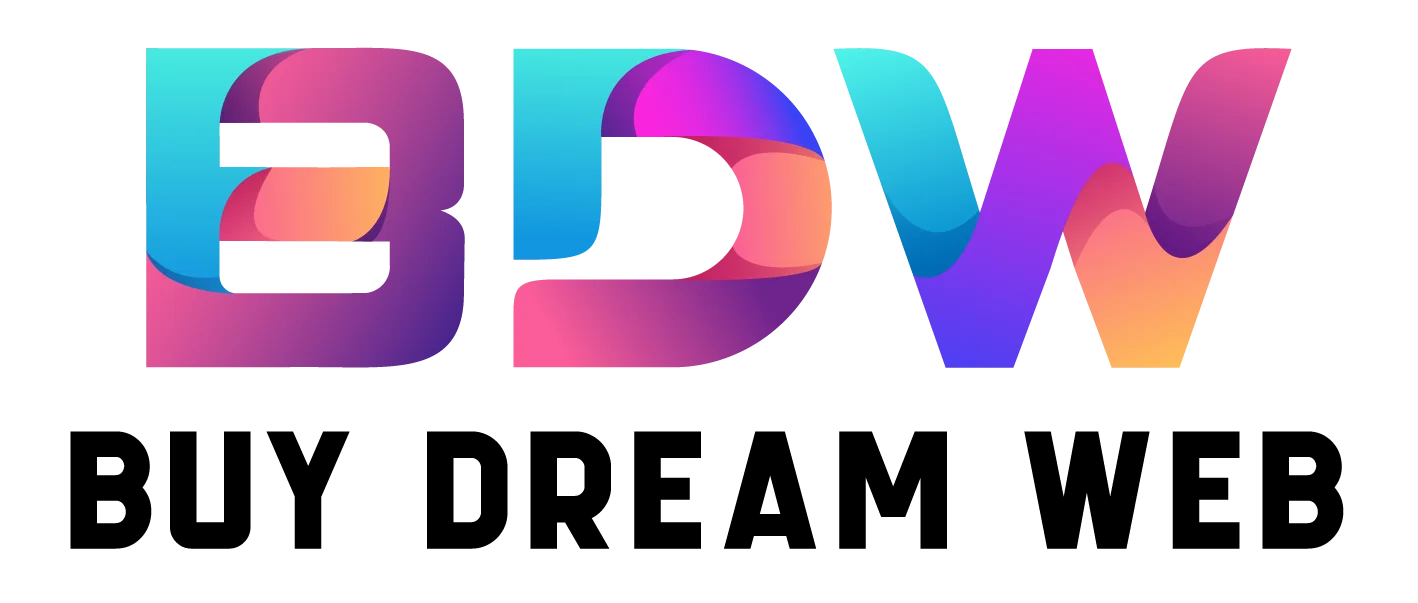Breaking Down Silos: Google Chat Bridges the Gap with Slack and Microsoft Teams:
The world of communication apps has long been fragmented, with businesses often relying on mix of platforms like Google Chat, Slack, and Microsoft Teams. This has created siloed communication, hindering collaboration and information flow. However, Google is aiming to break down these barriers with a groundbreaking new feature. The ability to chat directly with users on Slack and Microsoft Teams from within Google Chat. This blog delves into the details of this integration, explores potential benefits and drawbacks, and examines broader implications for future.
Smashing the Silos: Unveiling Cross-Platform Chat in Google Chat:
For businesses juggling multiple communication platforms, Google’s announcement of cross-platform chat in Google Chat is a game-changer:
- Seamless Communication: Users within Google Chat can directly message individuals and groups using Slack or Microsoft Teams accounts, eliminating need to switch for communication.
- Enhanced Collaboration: This integration fosters smoother collaboration by enabling seamless communication across departmental or organizational lines, regardless of the chosen platform.
- Improved Workflow Efficiency: By eliminating the need to context-switch between apps, cross-platform chat streamlines workflow efficiency and reduces communication bottlenecks.
This feature has the potential to revolutionize the way businesses collaborate in a multi-platform environment.
Beyond the Hype: Examining the Nuts and Bolts
While the concept is exciting, some key details remain to be explored:
- Technical Implementation: The technical details of how Google Chat integrates with Slack and Microsoft Teams haven’t been fully revealed. It’s crucial to understand how message delivery, file sharing, and user presence will function across platforms.
- Security and Compliance: Security and compliance are paramount concerns for businesses. Google needs to ensure that cross-platform chat adheres to stringent data privacy regulations and organizational security protocols.
- Adoption and User Experience: The success of this feature hinges on user adoption. A smooth and intuitive user experience across platforms will be crucial for widespread adoption within businesses.
Understanding these technical and user-centric considerations is essential for a comprehensive analysis of the integration’s effectiveness.
A Boon for Businesses, But What About the Competition?
The introduction of cross-platform chat in Google Chat has significant implications for businesses and the competitive landscape:
- Boosting Productivity: Businesses using Google Chat alongside Slack or Microsoft Teams can leverage this integration to streamline communication and boost overall productivity.
- A Potential Game Changer: If implemented effectively, this feature could position Google Chat as more compelling option for businesses seeking unified communication platform across diverse teams.
- The Response from Competitors: Slack and Microsoft Teams are likely to respond with their own strategies to maintain their user base and market share in face.
This move by Google could trigger a shift in the competitive landscape for workplace communication platforms.
Collaboration or Consolidation? The Future of Workplace Communication
Cross-platform chat in Google Chat raises questions about the future of workplace communication:
- A Move Towards Interoperability: This integration signifies potential move towards greater interoperability between communication platforms, allowing users to connect seamlessly regardless of chosen app.
- The Rise of Unified Communication Platforms: While some platforms might focus on interoperability, others might strive to become unified communication platforms encompassing chat, video conferencing, file sharing, and other collaborative features.
- User Choice and Flexibility: The ideal future of workplace communication likely involves balance between user choice and platform flexibility, allowing businesses to select tools that best suit their needs.
The future of workplace communication might lie in a more interconnected environment, fostering seamless collaboration without platform limitations.
Navigating the New Landscape: Considerations for Businesses
As businesses contemplate leveraging cross-platform chat in Google Chat, some considerations are crucial:
- Security and Compliance: Businesses need to thoroughly evaluate the security and compliance implications of this integration before deployment.
- User Training and Adoption: A successful rollout requires user training and clear communication about how this new feature works and its benefits.
- Workflow Integration: Businesses need assess how cross-platform chat can integrated into existing workflows to ensure smooth user experience and maximize efficiency gains.
Careful planning and consideration are necessary for businesses to fully capitalize on the potential of cross-platform chat.
Conclusion: A Bridge Between Worlds
Google’s introduction of cross-platform chat in Google Chat represents significant step towards more interconnected workplace communication landscape. It has the potential to streamline workflows, boost collaboration, and improve overall business efficiency. While technical considerations and user adoption remain key factors, this integration signifies positive development for businesses seeking to bridge communication gap between platforms. As technology evolves and user needs are met, we might witness future where seamless communication transcends platform boundaries, more collaborative and productive work environment.
Article Link: https://www.gsmarena.com/

 +44 747720 4635
+44 747720 4635


Comments are closed